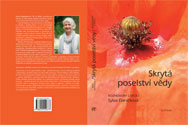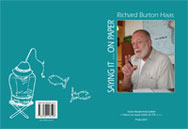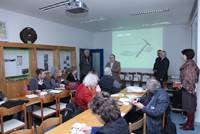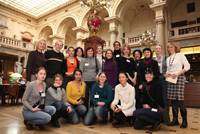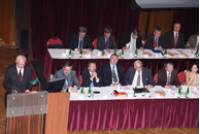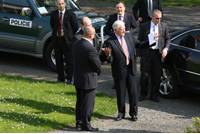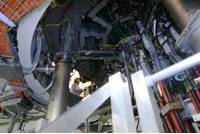The European Union Prize for Cultural Heritage/Europa Nostra Awards celebrate excellence in cultural heritage conservation, ranging from the restoration of buildings and their adaptation to new uses, to urban and rural landscape rehabilitation, archaeological site interpretations, and care for art collections. Moreover, it highlights research, dedicated service to heritage conservation by individuals or organisations and education projects related to cultural heritage. The awards are supported by the European Commission in the framework of the Culture Programme. Europa Nostra is in charge of organising the selection and the award ceremony.
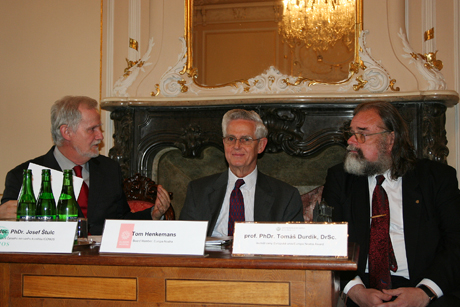
Foto: Marina Hužvárová, Academic bulletin
This Awards Scheme aims to promote high standards and high-quality skills in conservation
practice, and to stimulate the trans-frontier exchanges in the area of heritage. By spreading the
'Power of Example', the Prize also aims to encourage further efforts and projects related to
heritage throughout Europe.
The Local Award Ceremony took place at Villa Lanna – the representative residence of the
Academy of Sciences of the Czech Republic – on October 19, 2011.
For 25 years, Tomáš Durdik has made an extraordinary contribution to the research,
conservation and protection of the castles and fortifications that form part of the national
heritage in the Czech Republic and former Czechoslovakia. He has developed an outstanding holistic
approach to this work, looking at the history, architectural form and typology of these historic
monuments, as well as their political and social significance, and their artistic qualities and
symbolic meaning. He has used his vast knowledge not only to inform other specialists in the field,
but also to develop the enthusiasm of generations of students and to raise general public awareness
of the importance of preserving the authenticity of castles and fortifications.
Professor Tomáš Durdík has carried out intensive and comprehensive research of Czech castles,
highly esteemed in pan-European circles. Rejecting the previously one-sided approach to castle
research, Durdík created a complex interdisciplinary methodology, enabling a considerably closer
insight into the reality of the Middle Ages period, and putting his findings in their European
context. He has been involved with 1,000 on-site works, including 25 big archaeological research
projects, such as the castles of Týřov, Křivoklát, Jindřichův Hradec, Vimperk, Pořešín, Kamýk nad
Vltavou, Zlenice, and Orlík u Humpolce. He has published his findings and the large quantities of
historical sources in over 400 articles and books. Professor Durdík works in the Archaeological
Institute of the Czech Academy of Sciences in Prague, teaches at four Czech universities and is a
member of many national and European expert committees and other bodies. He is also very
intensively engaged in the care of monuments and historical heritage.
red
19 Oct 2011
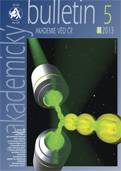

 Česky
Česky


